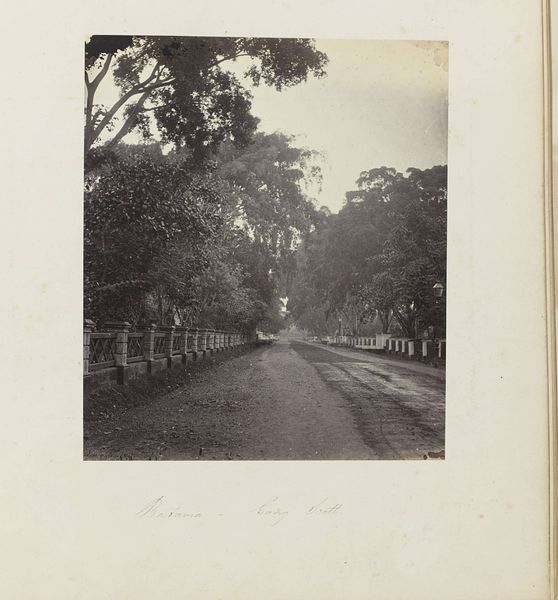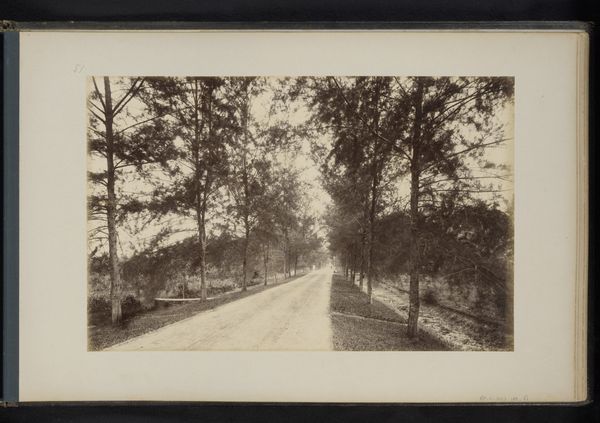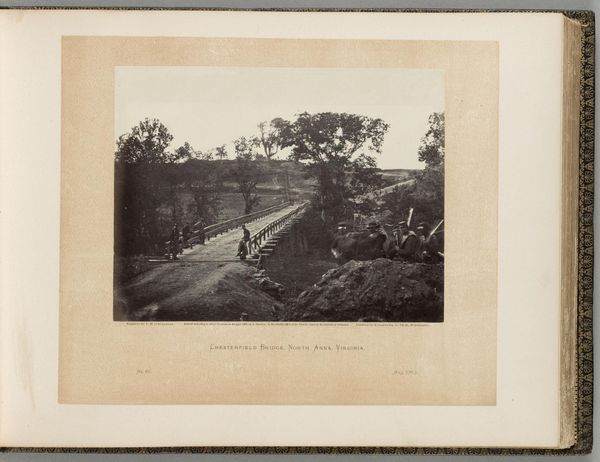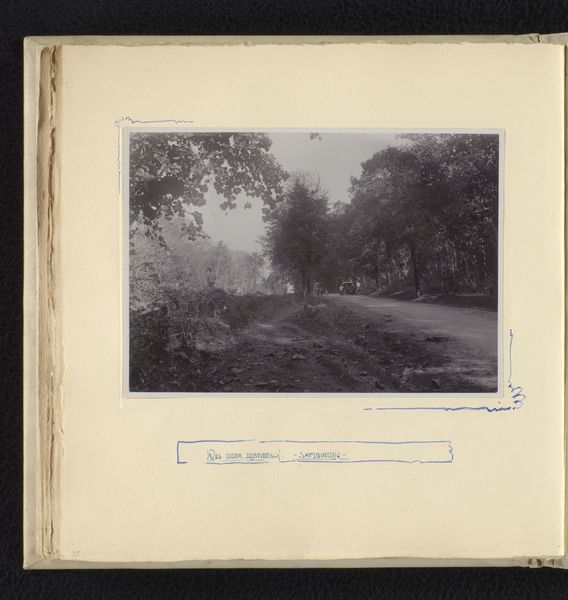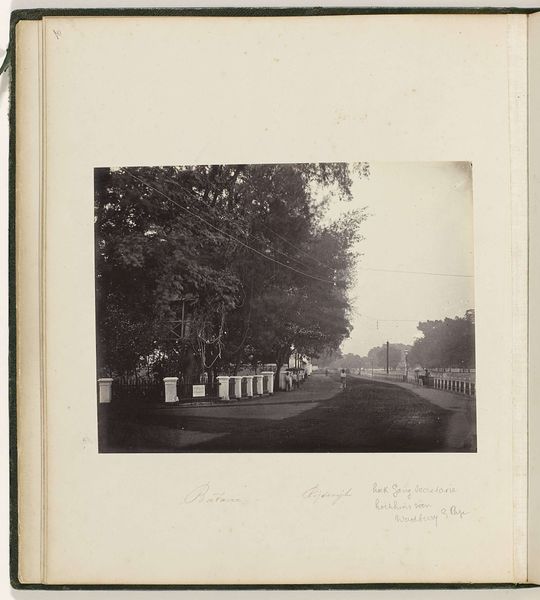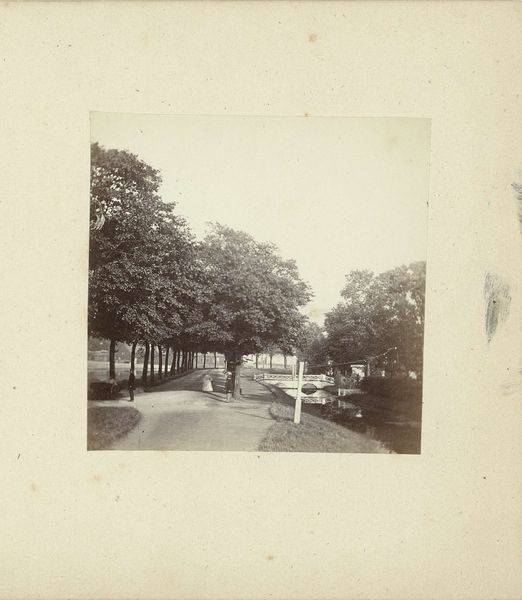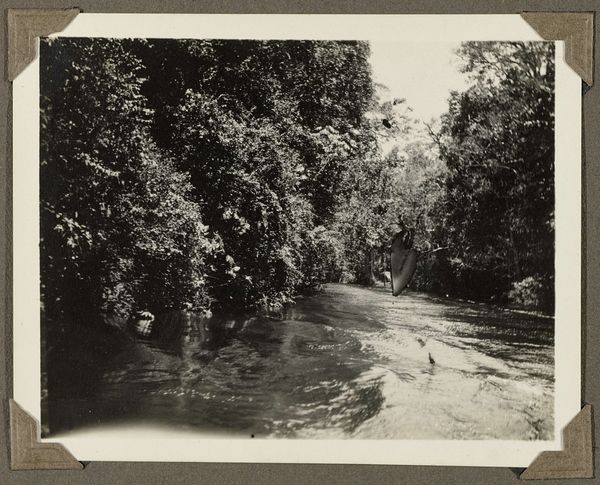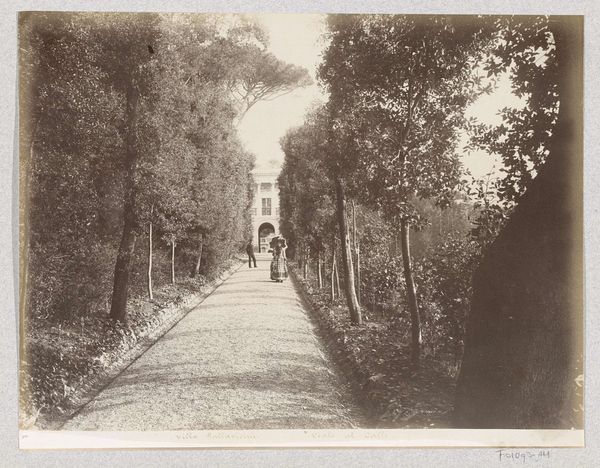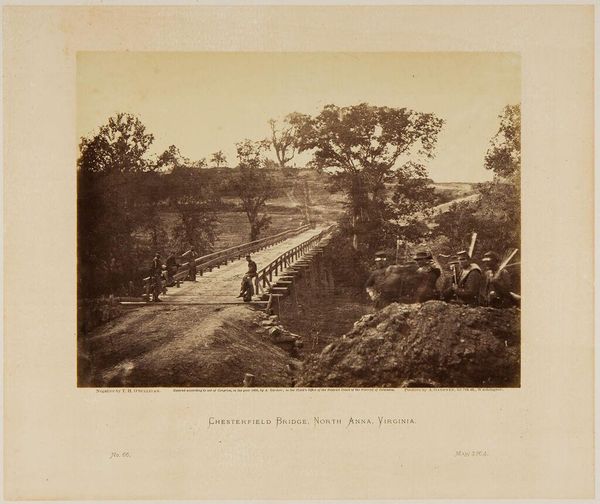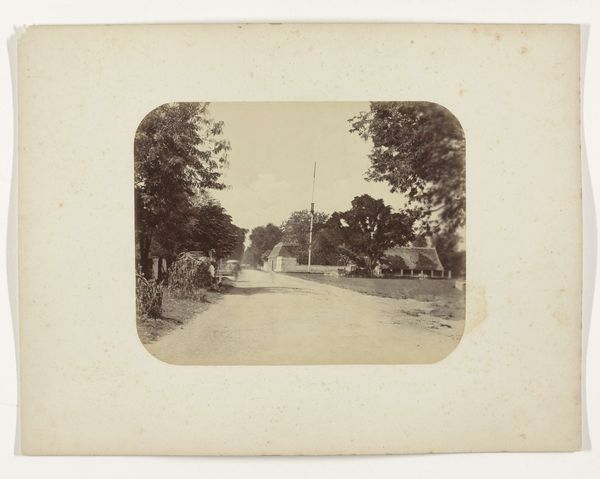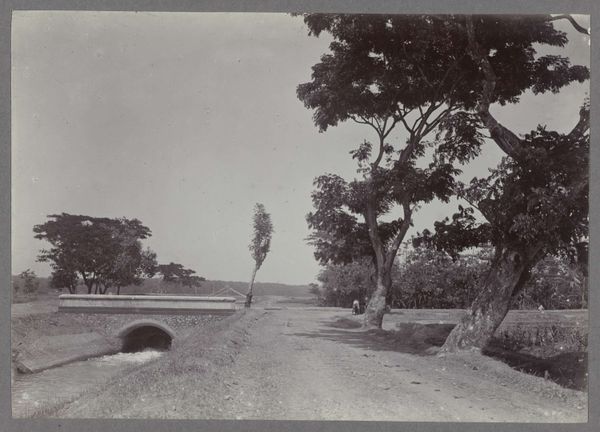
Het graven van het kanaal van Paja-Bakong, Sumatra (Canal Paya Bakon) c. 1890 - 1900
0:00
0:00
stafhellkleingrothe
Rijksmuseum
photography, gelatin-silver-print
#
landscape
#
photography
#
orientalism
#
gelatin-silver-print
Dimensions: height 262 mm, width 352 mm
Copyright: Rijks Museum: Open Domain
Stafhell and Kleingrothe's photograph captures the digging of the Canal Paya Bakon in Sumatra. It is a stark depiction of colonial infrastructure projects. This image creates meaning by visually encoding the power dynamics of the time. It was made during a period of intense Dutch colonial activity in Indonesia, and the canal itself represents the ambition of the Dutch to control and exploit the natural resources of Sumatra. The photograph seems to reflect the social structures of its time: a hierarchy between the white colonizers and the local workers. The act of digging the canal can be seen as a form of forced labor imposed by the Dutch. To understand this artwork better, we can look at the records of the Dutch East India Company, colonial administrative documents, and accounts of Sumatran workers. Art is contingent on social and institutional contexts, and to study it means understanding the ways it reflected and shaped those contexts.
Comments
No comments
Be the first to comment and join the conversation on the ultimate creative platform.

